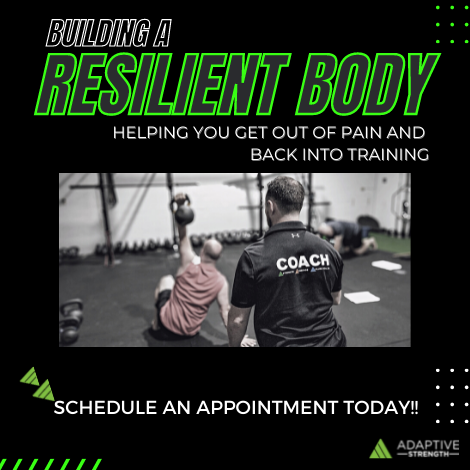In the realm of fitness, the prevailing wisdom often emphasizes pushing boundaries, hitting that extra rep, and striving for exhaustion as a measure of success. However, what if I told you that focusing on quality over quantity could yield far better results in the long run? This principle isn’t just a platitude; it’s backed by science and endorsed by top fitness professionals.
Grey Cook, a distinguished sports physical therapist, underscores the importance of maintaining control throughout each exercise. He highlights that as fatigue sets in, our motor control deteriorates, leading to compromised movement patterns. At StrongFirst and Adaptive Strength style training, the emphasis isn’t solely on racking up reps but rather on executing each movement with precision and intention.
In weightlifting or powerlifting, where explosive movements and heavy loads are commonplace, speed and tension take precedence over sheer repetition. The goal isn’t to exhaust yourself to failure but to execute each lift with maximal efficiency. Whether you’re striving for strength gains or endurance improvements, the key lies in stopping before technique falters and performance declines.
So, what are the telltale signs that it’s time to hit the brakes during a workout?
- 1. Slowing Rep Speed: As fatigue sets in, you may notice your reps becoming sluggish. This is a clear indicator that your muscles are reaching their limits.
- 2. Tempo Drops: If you’re incorporating pauses between reps, pay attention to any increase in these intervals. It signifies a decrease in your ability to maintain consistent effort.
- 3. Technique Changes: Any deviation from proper form should serve as a red flag. Sacrificing technique not only increases the risk of injury but also diminishes the effectiveness of your workout.
- 4. Rate of Perceived Exertion (RPE): This subjective measure assesses how hard you feel your body is working on a scale from 1 to 10. Aim to conclude your sets before reaching an RPE of 8 or higher.
- 5. Shortness of Breath: While heavy breathing is expected during conditioning exercises, it’s irrelevant during strength training. If you find yourself gasping for air, it’s a sign that you’ve pushed too far, or need to rest longer before your next set.
To optimize your training regimen, it’s imperative to tailor your approach based on these “stop signs.” Adjust your reps and rest periods accordingly to ensure that you maintain quality throughout your workout, even on your most demanding days. Remember, it’s not about how much you do but how well you do it.
By prioritizing quality over quantity, you’ll not only minimize the risk of injury but also maximize the effectiveness of your training. So, the next time you hit the gym, focus on executing each rep with precision and intention. Your body will thank you for it in the long run.





